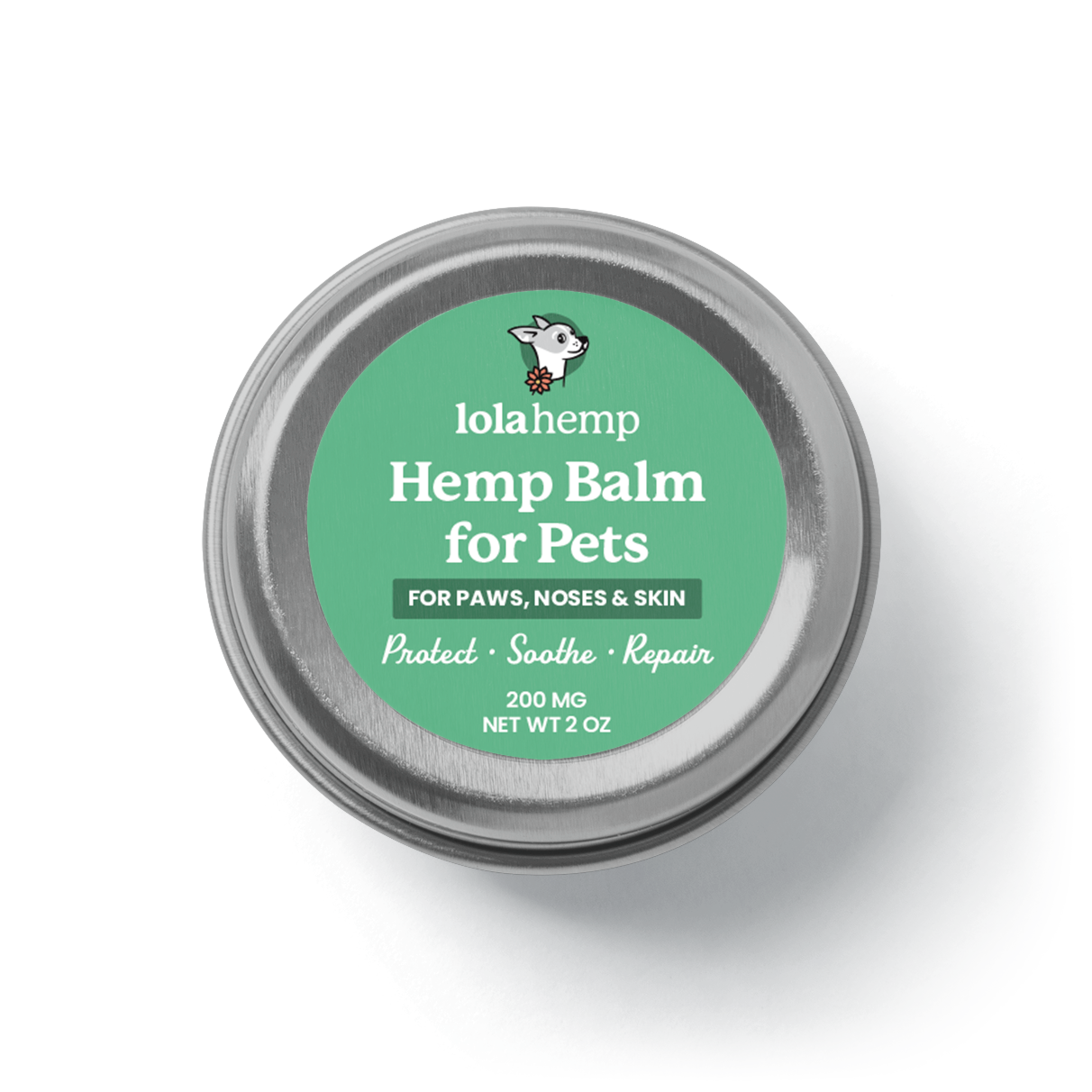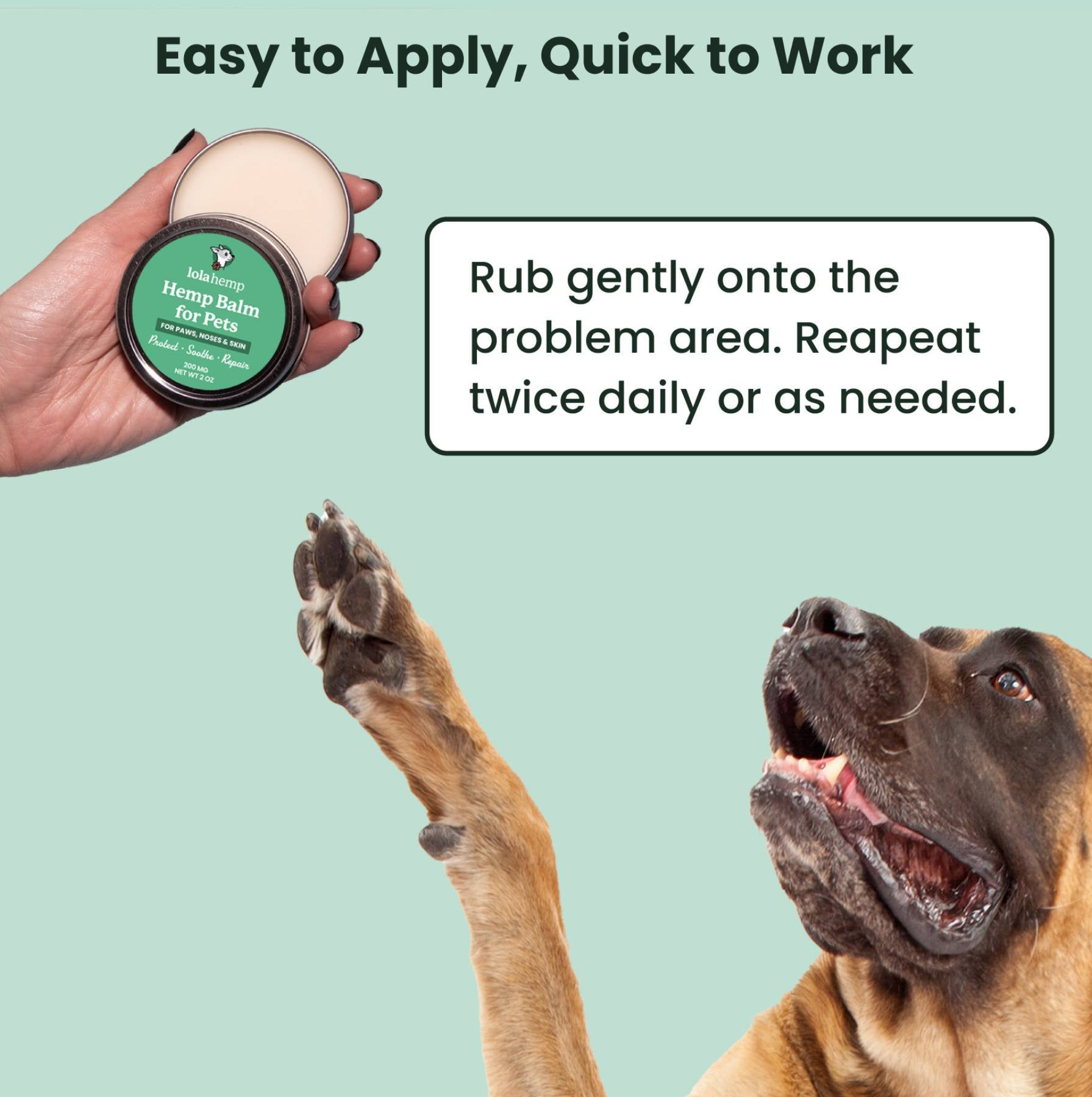The Norwegian Lundehund is one of the most unusual dog breeds on the planet—and not just because they look a little fox-like. With six toes on each foot, an incredible range of motion in their neck and shoulders, and a history rooted in puffin hunting, these dogs are truly one of a kind.
Despite its name, the Norwegian Lundehund isn't a hound breed, but rather a spitz. This means they have ancient lineages and are more primitive in terms of their origins.
Norwegian Lundehunds have extremely flexible legs for climbing awkward passages on steep rocks, necks that can rotate widely, and ears that can twist and turn however the dog wants them to in order to prevent multi-directional debris from entering.
They’re rare, even in Norway. But once you understand what they were bred for, a lot of their quirks start to make sense. Let’s dig into everything you should know about the Norwegian Lundehund, from their origin story to their temperament, health quirks, and what it’s actually like to live with one.
Breed History and Strange Origins
The Norwegian Lundehund was developed on remote islands in northern Norway to hunt and gather pufins. The cliffs were steep, terrain was treacherous, and puffins nested in narrow rock crevices. Puffins breed in cliff coves that aren't accessible to humans, especially in the 1500s-1700s when Norwegian Lundehunds were originally bred.
Local fishermen bred the Lundehund specifically to scale these cliffs and retrieve puffins—an important food source and commodity. Their physical traits reflect that purpose almost perfectly:
- Six toes on each foot (extra grip for climbing)
- Extremely flexible neck (can bend backward to touch the spine)
- Ability to close their ears (to keep out water and debris)
- Flexible shoulders (can extend legs sideways, like a cat)
These traits helped them access nesting puffins where no human or typical dog could go. But once puffin hunting was outlawed, the breed’s purpose disappeared almost overnight.

By the 1940s, the Lundehund was nearly extinct—saved only by the efforts of dedicated breeders in the Lofoten Islands. Even now, the global population is estimated at only a few thousand.
Puffin hunting is a tradition in parts of Norway and Iceland, and it's still legal in very restricted formats to maintain puffin populations and prevent overhunting. Still, the need for Norwegian Lundehund's original purpose is almost non-existent. As a result, these dogs are very rare in the 21st century, but they're still wonderful companions and they deserve to stick around.
Norwegian Lundehund Temperament and Behavior
These dogs are alert, curious, and quirky. While they’re often described as “independent,” they’re not aloof—they’re just selective. Most Lundehunds form tight bonds with their families, but they can be wary of strangers and easily startled by unfamiliar sights or sounds.
They’re intelligent, but not eager to please. Training them can be a challenge—not because they’re slow, but because they don’t necessarily care what you want. You’ll need patience and creativity to motivate them.
Remember, these dogs were bred to go on their own into treacherous cliffs to problem solve and complete tasks independently. That's a specific type of thinking and processing, and the more you can give a Norwegian Lundehund complex puzzles, the more relaxed they'll be at the end of the day.
Many owners say they have a “catlike” temperament: clean, agile, independent, and sometimes mischievous. This makes sense, considering their breeding history. They’re natural problem solvers, which can get them into trouble if they’re bored or under-stimulated.
Physical Characteristics
Norwegian Lundehunds are small and agile, built for climbing and wriggling through tight crevices. They usually weigh between 15 to 30 pounds and stand around 12 to 15 inches tall.
Their coat is double-layered—soft underneath and harsh on top—and typically comes in shades of reddish-brown, white, tan, or gray with markings. This double layered coat is advantageous for dogs bred to spend time near or in the water. Their six-toed feet are the most noticeable trait, with extra pads and joints that give them better traction.
Life expectancy is 12 to 14 years, although health issues related to genetics (covered below) can sometimes affect that.
Training a Norwegian Lundehund
This is not a dog that responds to strict obedience-style training. Lundehunds do best with positive reinforcement, short sessions, and a playful approach. Facilitate their high energy personalities, and you'll find that they're quick learners under the right circumstances.
They’re easily bored and quick to walk away if things feel repetitive or dull. Many owners find that shaping behaviors with clicker training or food-based games works better than command-reward routines.
House training can also take longer than average. This may be due to their independent nature and potential issues with digestion (see health section below). Consistency, patience, and early socialization are critical for success.
Grooming and General Care
Grooming a Lundehund is relatively easy. Their short-to-medium-length coat requires weekly brushing to remove loose fur and manage shedding, especially during seasonal changes, but the grooming requirements of these dogs isn't much different than any other average dog.
Baths only need to happen every month or two unless your dog gets into something particularly messy. Check their ears regularly and brush their teeth a few times a week.
Nail trimming is important, but you’ll want to take extra care because of their extra toes—some of which may not wear down naturally. Some owners have these extra dewclaws removed, but this depends on your vet's recommendation. We don't ever recommend removing claws, as it's inhumane unless the claw is causing your dog pain or poses a health threat. Removing claws is also illegal in many places.
Health Issues and Genetic Challenges
This is one area where you’ll need to be cautious. The Norwegian Lundehund is prone to a condition called Lundehund Syndrome, a set of digestive and absorption disorders that can cause chronic diarrhea, vomiting, and malnutrition.
It’s linked to a narrow genetic bottleneck in the breed’s recovery from near-extinction. This means many Lundehunds share the same limited gene pool, making recessive disorders more likely to express themselves.
When the Lundehund's population dwindled, efforts to reclaim and repopulate the breed for posterity required breeding within the small population that remained. This means that health issues within that population were propagated, and close mixing of DNA has a tendency to produce new health issues.
Key issues to know:
- Lymphangiectasia: A chronic intestinal condition that impairs nutrient absorption.
- Protein-losing enteropathy (PLE): Causes the body to lose protein through the gastrointestinal tract, leading to weakness and weight loss.
- Digestive sensitivity: Many Lundehunds require prescription diets or special feeding regimens to stay healthy.
Some owners manage these conditions successfully with careful diet control and regular vet visits, but not all dogs will remain symptom-free. You’ll need to work with a vet experienced in gastrointestinal disease if your Lundehund shows symptoms.
In addition to Lundhehund Syndrome, watch out for other typical health issues in dogs like skin infections and hip & joint issues.
Is the Norwegian Lundehund the Right Dog for You?
If you love rare breeds, quirks, and a challenge, the Norwegian Lundehund might be right up your alley. They’re affectionate, lively, and entertaining—but they’re also complex, both behaviorally and medically.
Because of their health risks and independent personality, this isn’t an ideal breed for first-time dog owners. You’ll need to commit to long-term health monitoring, be okay with the possibility of chronic GI issues, and enjoy a dog that doesn’t always follow the rules.
But if you can provide the structure, patience, and medical support they need, a Lundehund can be one of the most unique and rewarding companions you’ll ever have.









